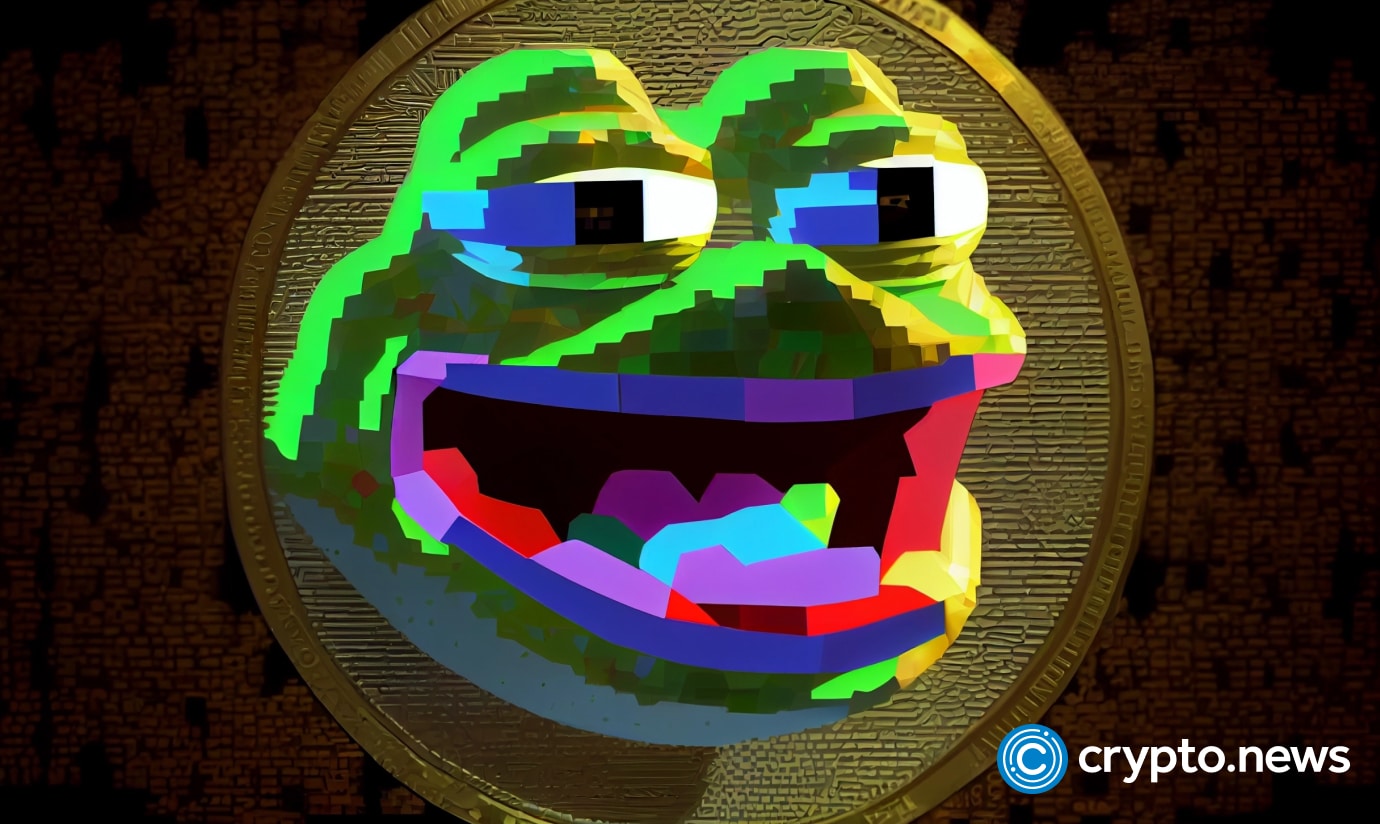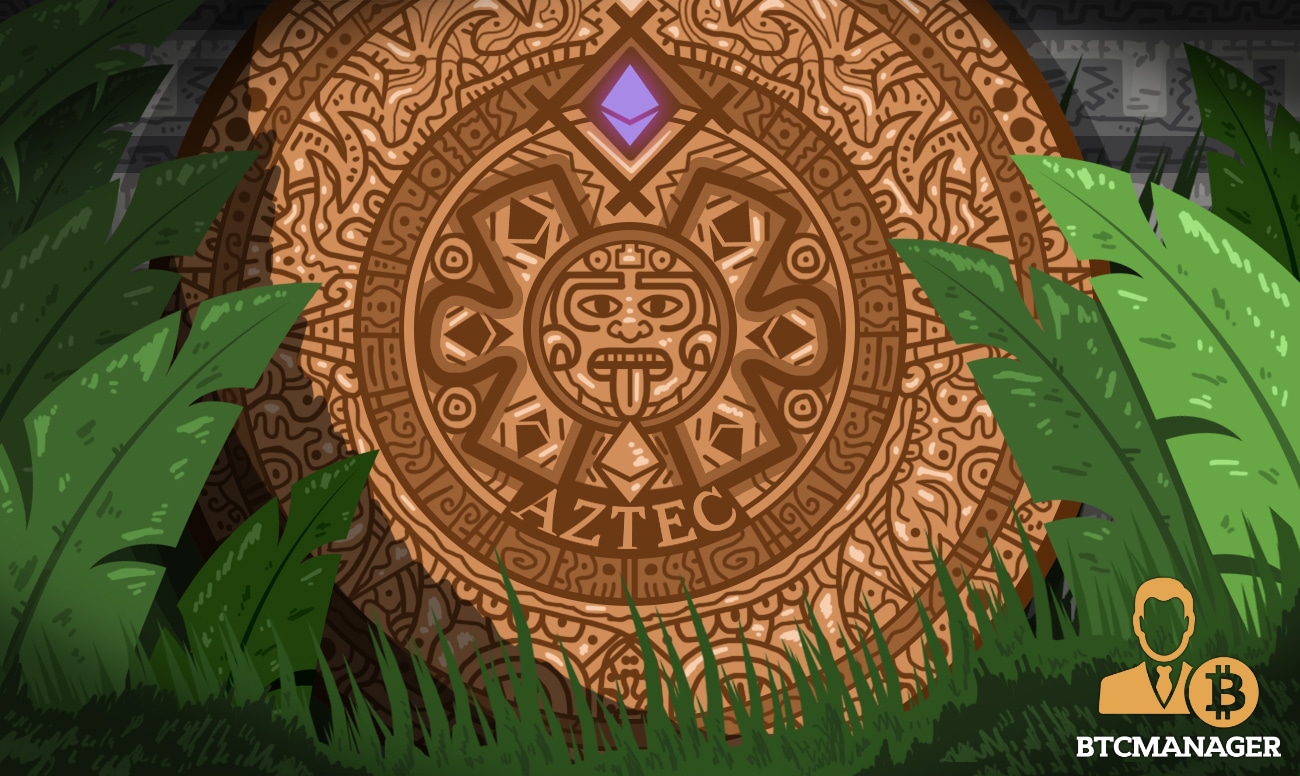The next Bitcoin halving is anticipated in April 2024. It impacts everything from the BTC’s value to the profitability of mining new coins. What is a halving, its origins, and its possible advantages and disadvantages?
What is a Bitcoin halving?
In simple terms, a Bitcoin halving is when the reward miners receive for processing and verifying transactions on the blockchain is cut in half. This occurs approximately every 210,000 blocks mined or about every four years.
To understand why halvings occur, we must look at how Bitcoin mining works. Individuals and companies known as “miners” use specialized computer hardware to solve complex mathematical problems and generate a 64-character hash value that fits a set of parameters. The first miner to successfully create a valid hash is rewarded with a set number of newly minted Bitcoin, plus any transaction fees paid by users for transactions included in the block.
When Bitcoin first launched in 2009, the block reward was 50 BTC. But Bitcoin’s pseudonymous creator, Satoshi Nakamoto, invented halvings to ensure a gradually controlled asset supply over time.
As per the protocol laid out in Nakamoto’s original Bitcoin white paper, the mining reward would decrease by half every 210,000 blocks mined. This was an ingenious way to introduce new Bitcoins to the system and incentivize mining in Bitcoin’s early days while also limiting overall supply.
Bitcoin halving history and why it matters
The first halving happened on November 28, 2012, reducing the block reward from 50 BTC to 25 BTC. The second occurred on July 9, 2016, further cutting it down to 12.5 BTC. Most recently, on May 11, 2020, the reward became 6.25 BTC.
Halvings are highly significant because they reduce the rate at which new Bitcoin enters circulation by 50% each time. This limits inflation and aims to prevent the value of existing Bitcoin from decreasing.
As long as Nakamoto’s rules are followed, only 21 million BTC can ever exist. Halvings will continue approximately every four years until the final Bitcoin is mined around year 2,140.
In addition to controlling supply, halvings make Bitcoin more scarce over time. Together with demand fluctuations, this scarcity is a key driver of Bitcoin’s valuation. In the past, halvings have often been associated with bull runs and price hikes.
For example, in 2012, when the first halving took place, the price of Bitcoin rose from around $12 to nearly $1,000 within a year. After the 2016 halving, Bitcoin similarly saw gains from $650 to $2,550 in 12 months. The 2020 halving preceded Bitcoin’s dramatic rise to an all-time high of $69,000 in 2021.
However, it’s worth noting that the price impacts are not necessarily immediate. Halvings reduce miner rewards, so the network hash rate often declines initially as less competitive miners drop out. But only the most sophisticated miners remain over time, ultimately strengthening the network.
Stock-to-flow model: How halving affects BTC price
One model suggesting that halvings have a very direct influence on Bitcoin’s price is the stock-to-flow (S2F) model developed by pseudonymous analyst PlanB to predict Bitcoin’s price based on its scarcity. The model measures Bitcoin’s current supply (stock) against its annual new issuance (flow) to quantify its scarcity. A higher ratio indicates greater scarcity, which PlanB’s model correlates to a higher value.
The logic is that Bitcoin’s fixed 21 million supply cap and periodic halving events that cut issuance in half every four years make it increasingly scarce. As scarcity rises, the model predicts Bitcoin’s price will increase.
The S2F model gained popularity for largely accurately predicting Bitcoin’s historical price trajectory based on scarcity. Investors use S2F charts showing the relationship between Bitcoin’s stock-to-flow ratio and price to identify investment opportunities.
However, the model has limitations and should be used alongside other analyses. Demand, adoption, regulations, and external events can all impact Bitcoin’s real-world price independently from stock-to-flow dynamics.
Potential advantages of halvings
Proponents argue halvings and the controlled supply model offer several advantages, including:
- Fighting inflation – Halvings counteract inflation by taking new coin supply down over time. This aims to keep Bitcoin valuable and prevent devaluation.
- Increased scarcity – Reducing block rewards makes Bitcoin provably more scarce after each halving. Scarcity creates demand, which supports the price.
Potential disadvantages of halvings
However, halvings also come with some potential drawbacks, such as:
- Increased volatility – Halvings can amplify volatility around the event as market dynamics shift. This may limit mainstream adoption.
- Temporary miner attrition – Immediately after halvings, profitability declines as slower miners shut down operations. This can reduce hashrate until an equilibrium is reached.
- Centralization risks – As smaller miners drop out, mining power may centralize in a few large pools and industrial miners, threatening decentralization principles.
- Security uncertainty – A significant hashrate drop could theoretically expose the network to 51% attacks until the remaining miners pick up the slack. This is mostly raised by critics as a potential issue after Bitcoin issuance is completely halted more than a hundred years from now.
- Delayed price reaction – While history shows post-halving price rises, these aren’t guaranteed. Changes in supply dynamics could take time to manifest in asset valuation.
Next Bitcoin halving in 2024
The next halving is expected to take place in April 2024 based on current mining rates. The block reward will decrease from 6.25 to 3.125 bitcoins. As with previous halvings, the community will be closely monitoring network activity and Bitcoin’s market performance into 2025 and beyond.
While the advantages and risks are still debated, halvings will continue playing a pivotal role in Bitcoin’s economics for over a century until the maximum 21 million supply cap is reached.
FAQs
What is Bitcoin halving?
Bitcoin halving reduces the reward miners get for processing transactions by 50%. It happens every 210,000 blocks, roughly every four years. Miners solve math problems to earn Bitcoins. Initially, the reward was 50 BTC. Satoshi Nakamoto, Bitcoin’s creator, set halvings to control Bitcoin’s supply over time.
When in 2024 is the next Bitcoin halving?
The next Bitcoin halving is expected in April 2024, reducing the block reward from 6.25 to 3.125 bitcoins. Like prior halvings, the community will watch network activity and Bitcoin’s market trends through 2025 and beyond.
When was the last Bitcoin halving?
The last BTC halving happened on May 11, 2020. The block reward was reduced from 12.5 BTC to 6.25 BTC.
Does Bitcoin halving affect the price?
Bitcoin halving can influence its price by making it scarcer. Historically, halvings have led to price increases. For instance, post-halving in 2012, Bitcoin’s price surged from $12 to $1,000, and in 2016, from $650 to $2,550. The 2020 halving saw it peak at $69,000 in 2021. However, the price effect isn’t always immediate, and halvings may initially lower miner rewards.
Why does Bitcoin halving occur?
BTC halving built into Bitcoin’s blueprint to control the number of new coins introduced. Satoshi Nakamoto aimed for a digital currency with a regulated supply, making Bitcoin more scarce over time. By halving mining rewards, the flow of new Bitcoin slows down, keeping inflation in check. It also tweaks the dynamics for miners, intensifying competition and weeding out the less efficient. Historically, halvings have often influenced Bitcoin’s price due to anticipated reduced supply and increased demand. Yet, it’s key to understand that other factors can also sway Bitcoin’s value.
Why does Bitcoin halving matter?
After a halving, Bitcoin often sees volatility due to reduced supply, elevating its yet-to-be-mined value and drawing investors. Factors like increased media attention and growing real-world applications further boost its appeal. Historically, halvings have spurred Bitcoin’s price. However, the next halving might reduce the miner count as profitability dips for the less efficient, potentially reshaping the BTC landscape.
Sourced from crypto.news.
Written by on 2023-08-09 11:00:23.










